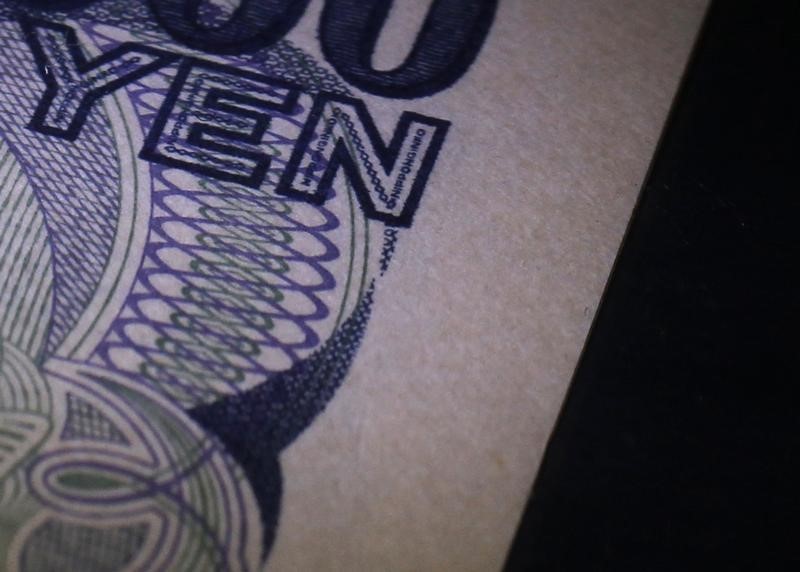Investing.com — Bank of America Global Research (BofA) maintains a bearish stance on the Japanese yen (JPY) heading into 2025 and expects the exchange rate to reach 160 by the end of the year. However, the path is expected to be uneven, shaped by US policy shifts.
Following the US presidential election in November, expectations of fiscal stimulus pushed US Treasury yields and the dollar higher, pushing USD/JPY higher. While the market has priced in possible tax cuts, BofA expects a correction in the pair in early 2025. Policies such as higher rates and tighter immigration controls from the new US administration could create a risk environment, which would initially support the yen.
BofA expects long-term capital flows from Japan to the US to accelerate in the second half of 2025, supported by deregulatory measures in the US
Japanese companies are likely to increase foreign direct investment in the US, following trends from Trump’s first presidency. These structural outflows of Japanese capital, driven by unfavorable domestic demographics and attractive US policy incentives, are likely to weaken the yen.
The US Federal Reserve is expected to maintain interest rates between 3.75 and 4% until 2025, with interest rates stabilizing at 4.25%. In contrast, the Bank of Japan (BoJ) is forecast to raise interest rates gradually, to 0.75% by the end of 2025. Nevertheless, the interest rate differential is expected to support carry trades, putting further pressure on the yen.
The main risk to BofA’s projections stems from the US economic cycle. Slower-than-expected growth or aggressive US currency interventions could throw the forecast into doubt. Domestically, Japan’s budget problems and lack of structural reforms could exacerbate the yen’s depreciation.
BofA’s forecast of USD/JPY at 160 significantly exceeds the market consensus of 141, as reported by Bloomberg. The bank advises caution in interpreting the yen’s near-term strength as it positions itself for a longer-term bearish trajectory.


